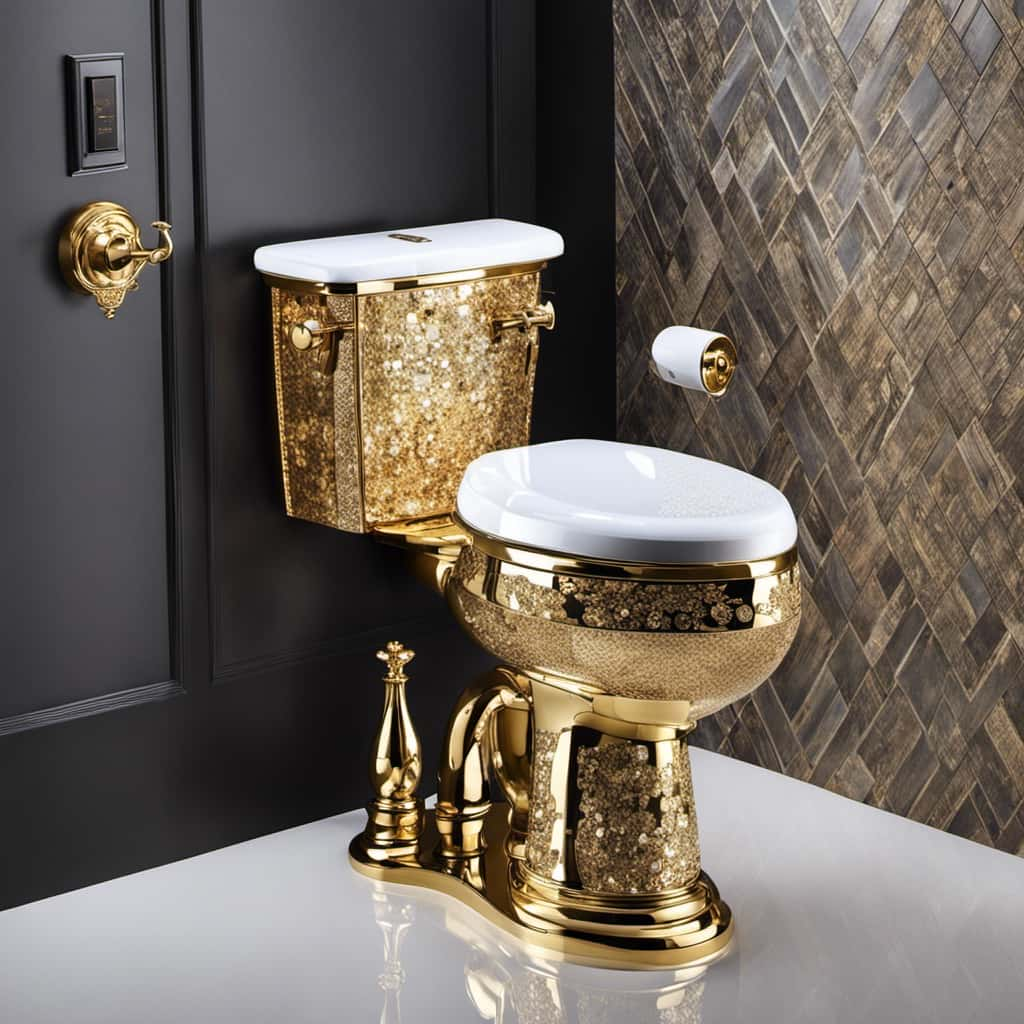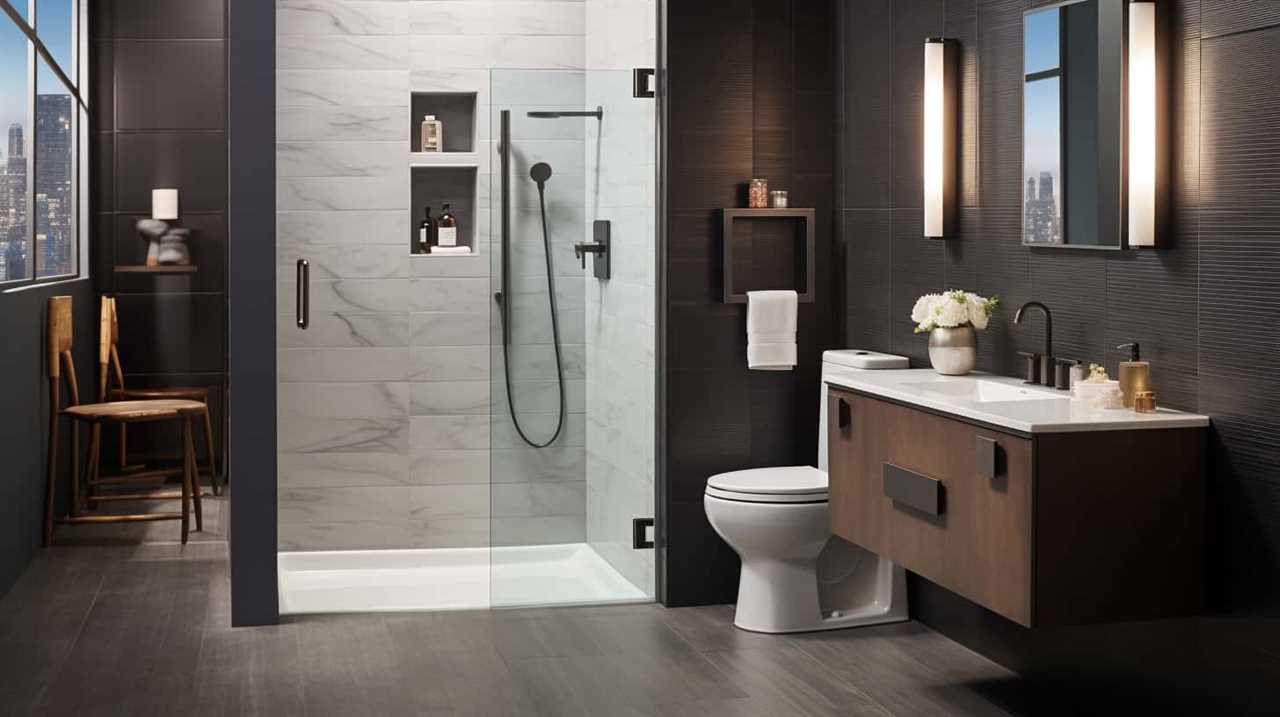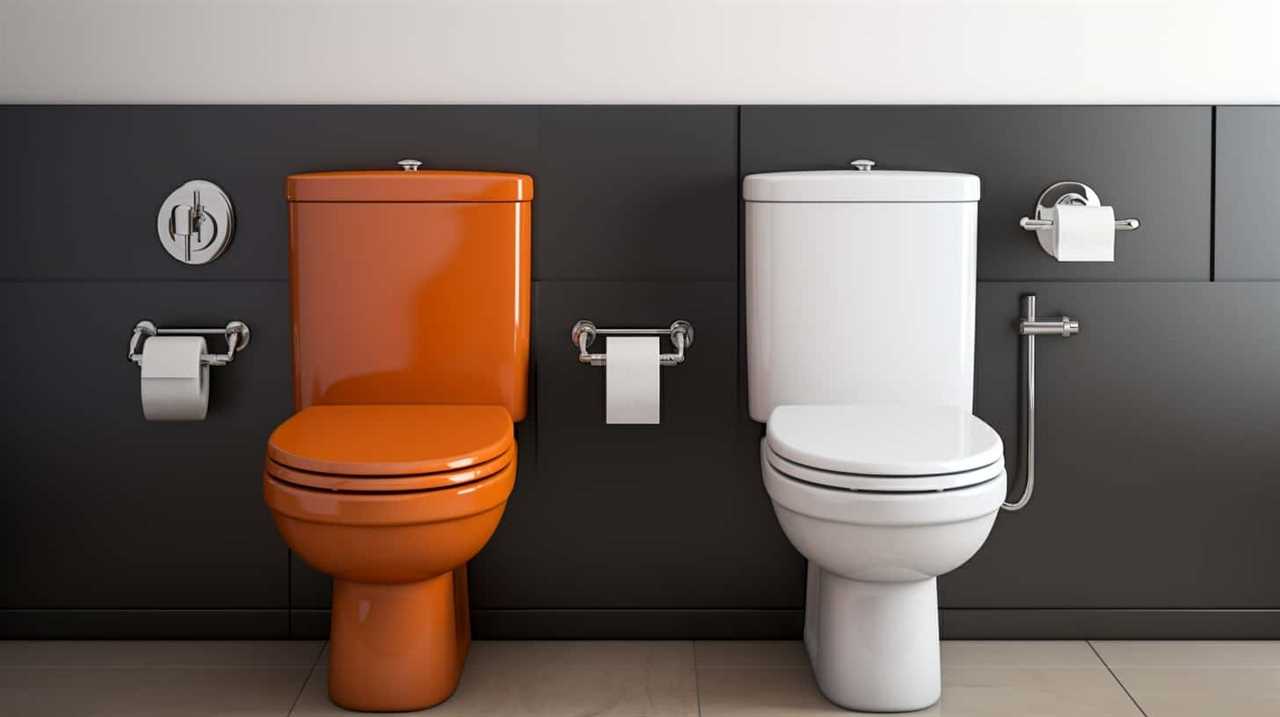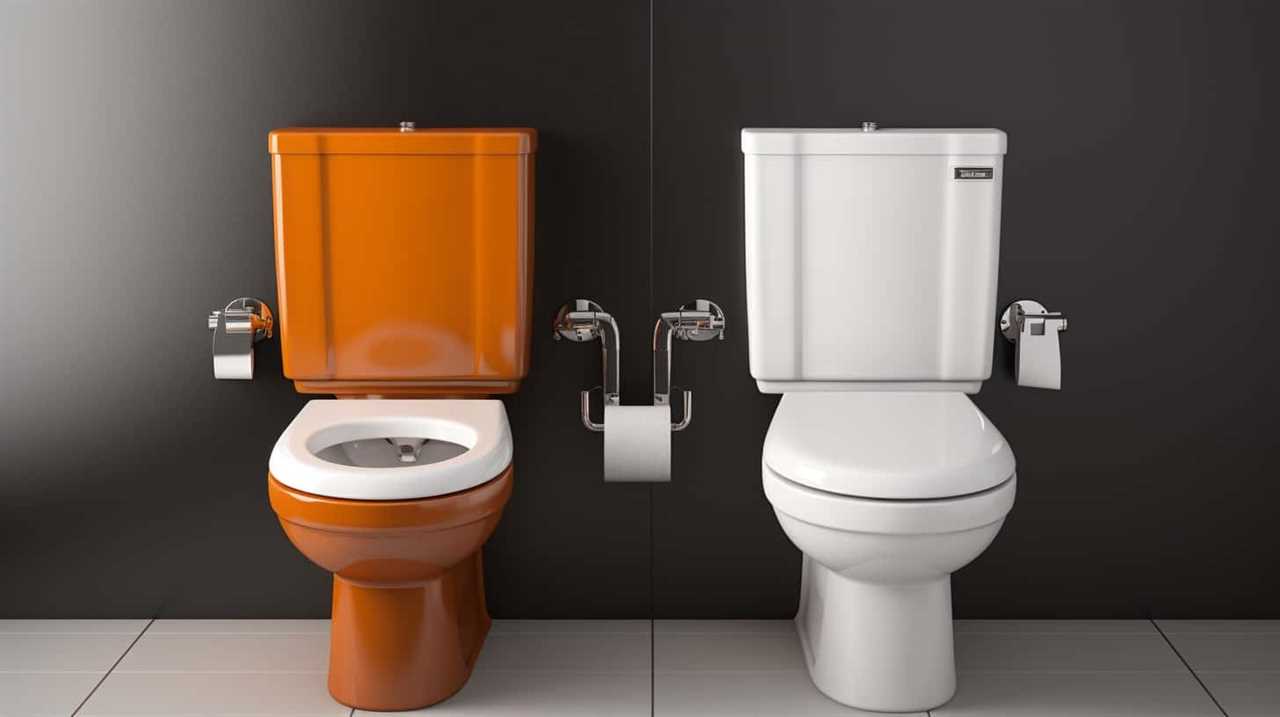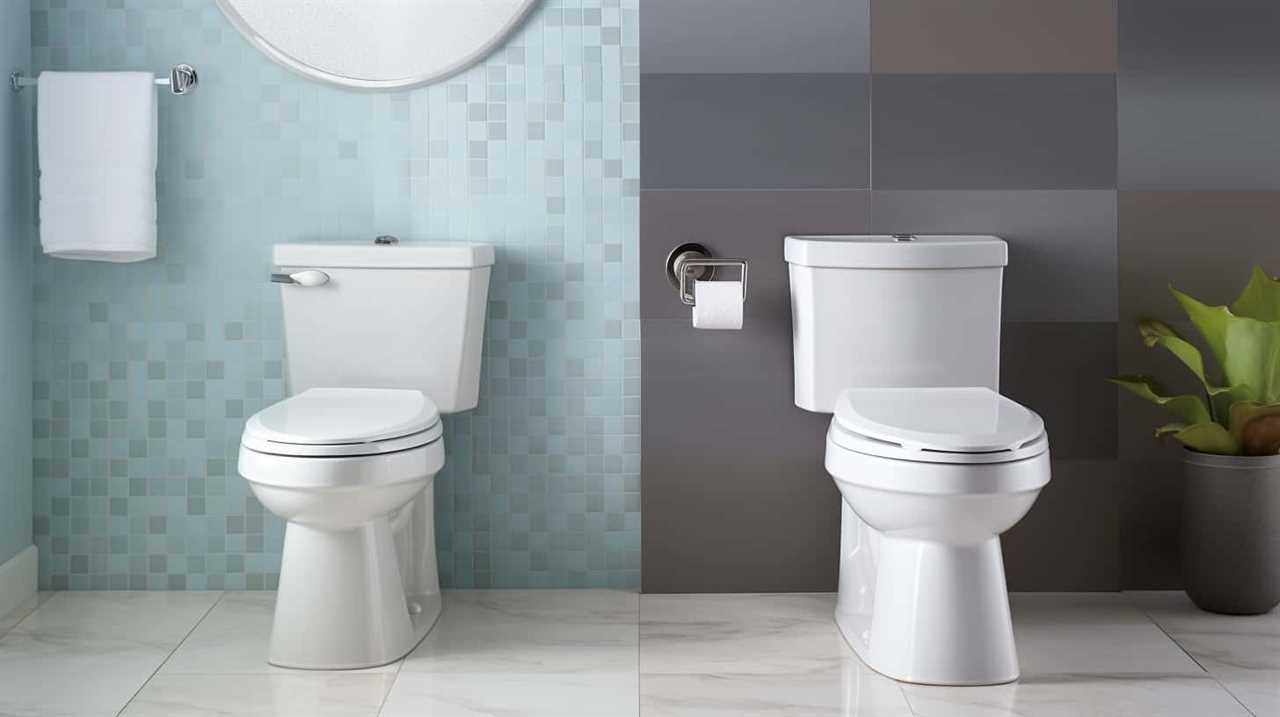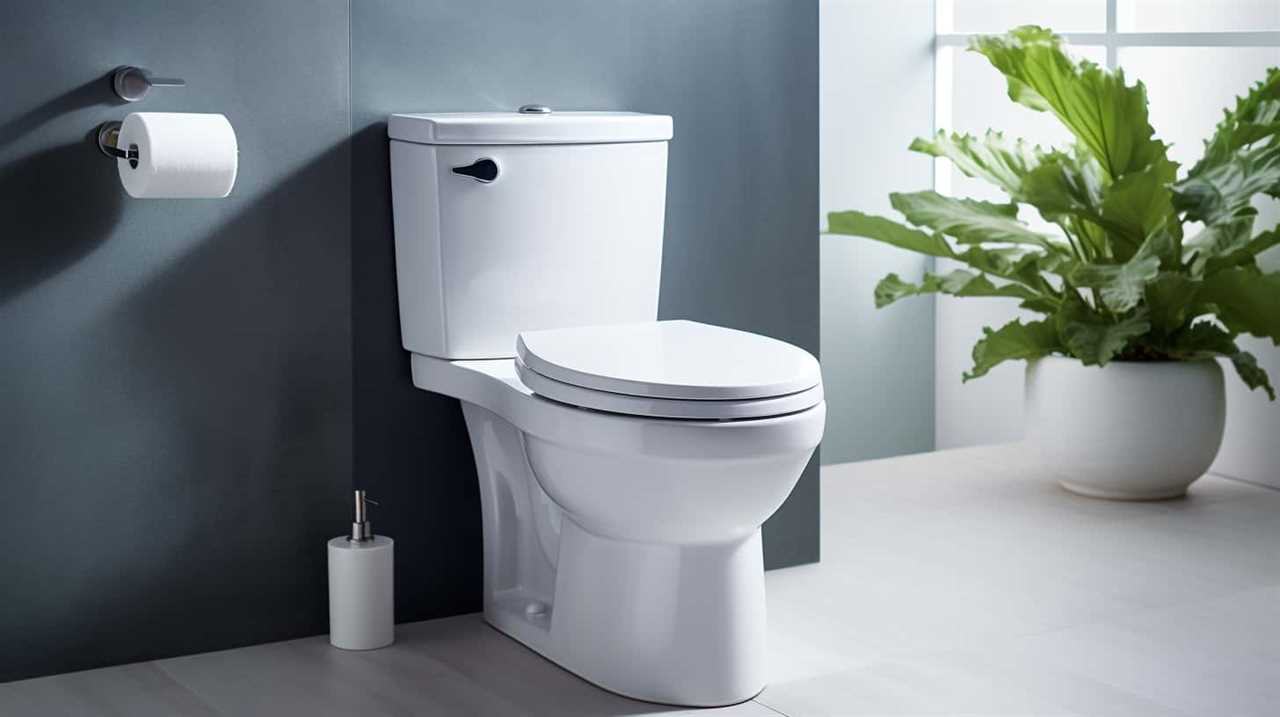Have you ever wondered how urinals automatically flush? We’re here to explain the inner workings of this innovative technology.
From the various types of urinals with automatic flushing to the factors that determine their functionality, we’ll cover it all.
Discover the benefits of this convenient feature and debunk common misconceptions along the way.
Prepare to gain a deep understanding of automatic flushing and impress your peers with your newfound knowledge.

Let’s dive in!
Key Takeaways
- Automatic flushing systems use sensor technology to detect when a user has finished using the urinal.
- There are different types of urinals with automatic flushing, including sensor-activated, touchless, and waterless urinals.
- Regular maintenance is required to ensure optimal functioning of the sensors, valves, and other components.
- Automatic flushing systems provide improved hygiene, water conservation, consistent flushing, and reduced maintenance.
How Automatic Flushing Works
To understand how automatic flushing works, we need to delve into the mechanics behind the sensors that detect when a user has finished using the urinal. Sensor technology in automatic flushing systems plays a crucial role in ensuring efficient and hygienic restroom experiences.
These sensors are typically infrared-based and work by emitting a beam of light that’s reflected back when it encounters an object. Once the urinal is used, the absence of the reflected light indicates that the user has finished, triggering the automatic flushing mechanism.
This technology not only eliminates the need for manual flushing but also reduces water wastage, making it more environmentally friendly. Understanding the sensor technology in automatic flushing systems is essential in appreciating the environmental impact of automatic flushing in public restrooms.
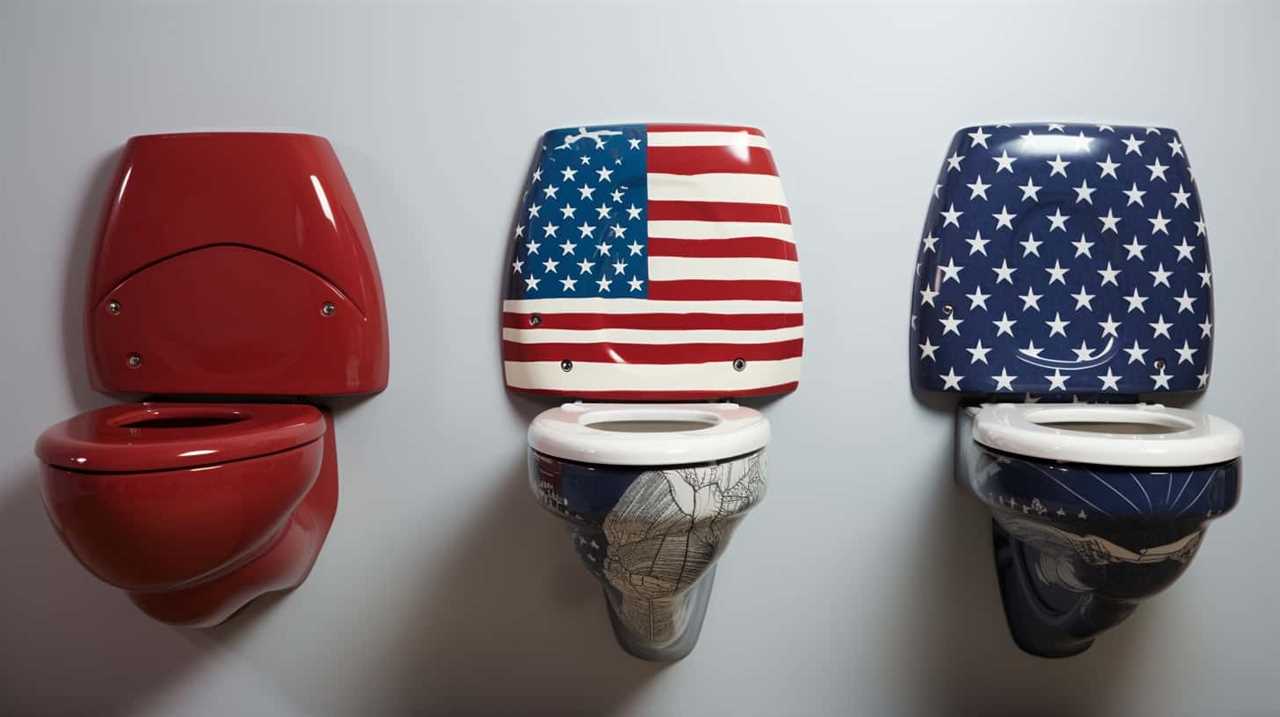
With this understanding, let’s now explore the different types of urinals with automatic flushing.
Types of Urinals With Automatic Flushing
There are several different types of urinals with automatic flushing. These urinals utilize water-saving technology to conserve water while maintaining hygiene. Here is a table showcasing three types of urinals with automatic flushing and their maintenance requirements:
| Type of Urinal | Description | Maintenance Requirements |
|---|---|---|
| Sensor-Activated Urinals | These urinals use infrared sensors to detect when a user is present and automatically flush after use. | Regular cleaning of sensors and pipes to prevent clogs. |
| Touchless Urinals | Touchless urinals utilize proximity sensors to detect the presence of a user and flush accordingly. | Regular inspection and maintenance of sensors and flushing mechanism. |
| Waterless Urinals | These urinals do not require water for flushing. Instead, they use a cartridge or liquid sealant to trap odors and prevent bacteria growth. | Periodic replacement of cartridges and routine cleaning to maintain optimal performance. |
Factors That Determine Automatic Flushing
Now let’s delve into the factors that determine automatic flushing in urinals.
Urinal maintenance plays a crucial role in determining the automatic flushing mechanism. Regular maintenance ensures that sensors, valves, and other components are functioning optimally. Faulty or dirty sensors may result in inconsistent or delayed flushing, leading to unsanitary conditions.
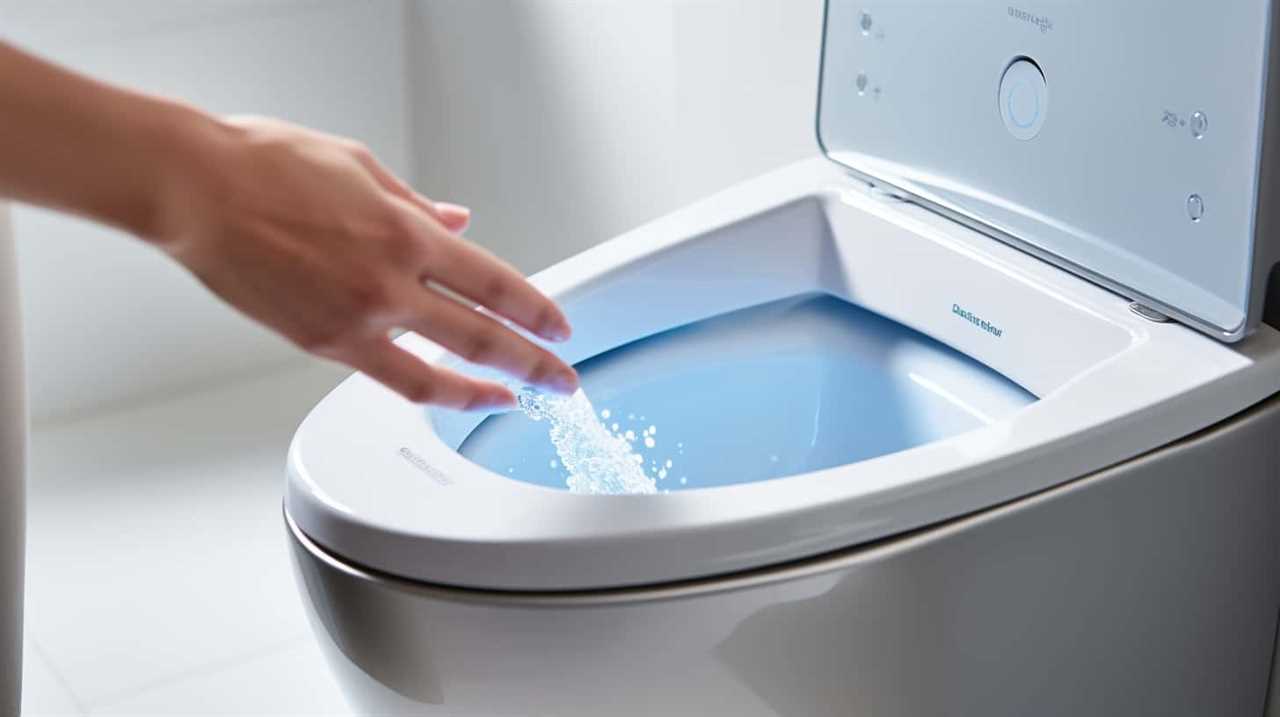
Additionally, water conservation is a significant factor in determining automatic flushing. Many modern urinals are equipped with water-saving features that adjust the flush volume based on usage. These features help reduce water consumption without compromising hygiene. Proper calibration of these water-saving settings is essential to ensure effective flushing while minimizing water waste.
Benefits of Automatic Flushing
After considering the factors that determine automatic flushing in urinals, we can now explore the benefits it brings to both users and the environment.
Advantages:
- Improved hygiene: Automatic flushing ensures that the urinal is always clean and ready for the next user, reducing the risk of bacterial contamination.
- Water conservation: By automatically flushing only when necessary, these systems help conserve water, making them more environmentally friendly.
Effectiveness:
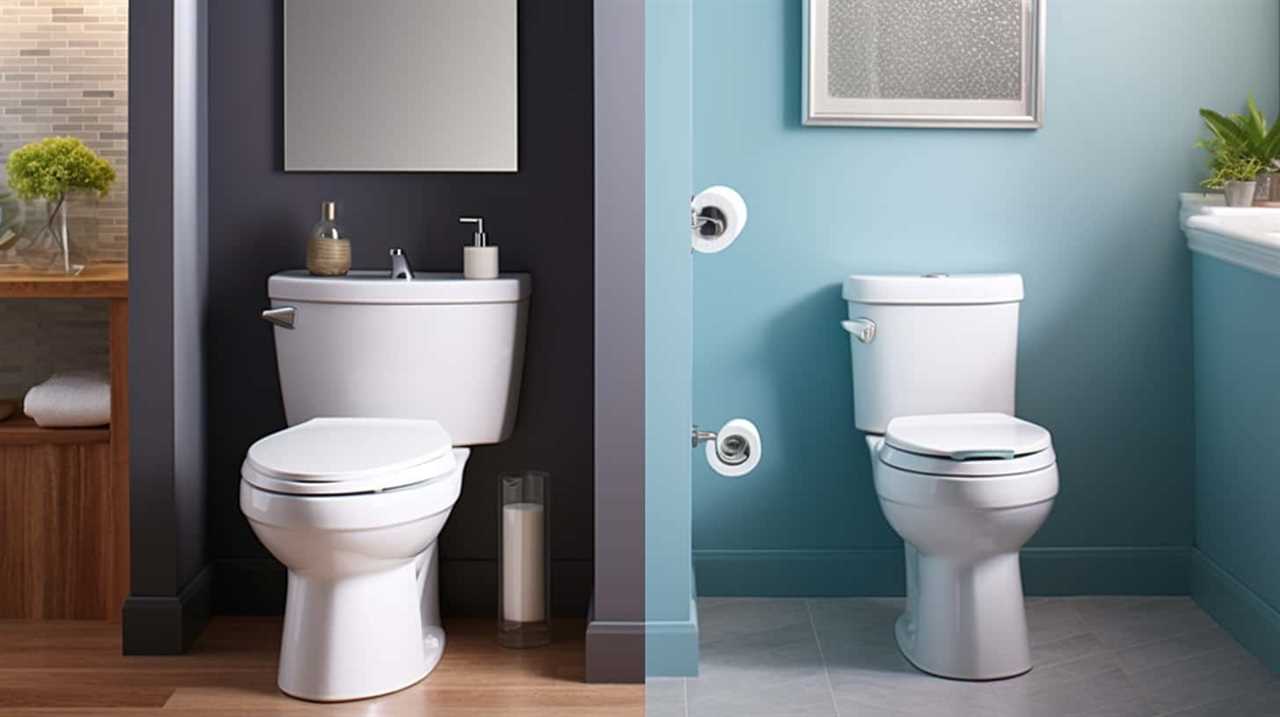
- Consistent flushing: Automatic systems ensure that each use is followed by a thorough flush, eliminating the possibility of human error or forgetfulness.
- Reduced maintenance: With automatic flushing, there’s less need for manual cleaning and maintenance, saving time and effort.
Common Misconceptions About Automatic Flushing
One common misconception about automatic flushing in urinals is that it constantly wastes water. However, this isn’t entirely accurate.
Automatic flushing systems are designed to optimize toilet hygiene while minimizing water usage. These systems utilize advanced sensors that detect when the urinal is being used and flush accordingly. They’re programmed to only flush when necessary, eliminating the need for manual flushing and reducing water consumption.
In fact, automatic flushing urinals are more efficient than manual ones, as they prevent users from forgetting to flush, which can lead to unsanitary conditions. Additionally, these systems often feature adjustable flush settings, allowing for further customization and water conservation.
Therefore, it’s important to recognize that automatic flushing urinals prioritize toilet hygiene and minimize their environmental impact by using water efficiently.
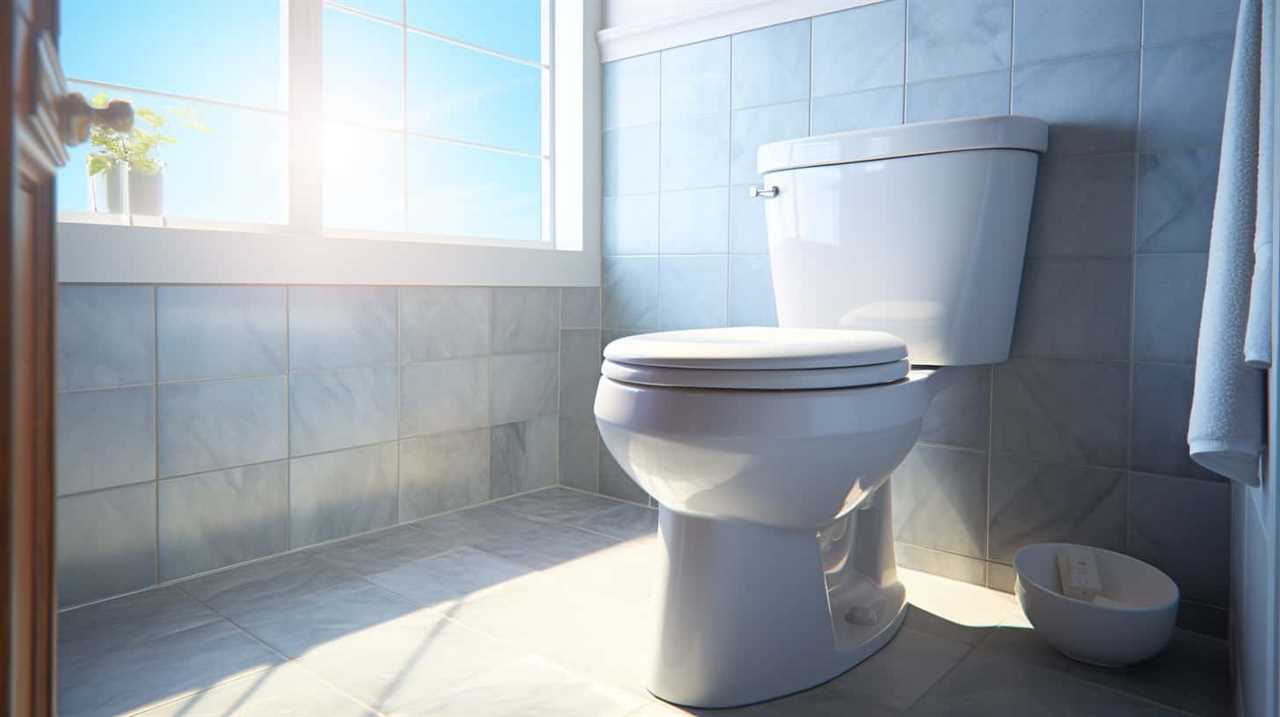
Frequently Asked Questions
Are There Any Health Risks Associated With Using Urinals With Automatic Flushing?
There are no health risks associated with using urinals with automatic flushing. In fact, they offer several health benefits, such as reducing the spread of germs. Additionally, they have a positive environmental impact by conserving water.
How Much Water Does an Automatic Flushing Urinal Use Compared to a Traditional Manual Flush Urinal?
When comparing water usage, automatic flushing urinals use significantly less water than manual flush urinals. This makes them an excellent choice for water conservation, as they help reduce overall water consumption.
Can Automatic Flushing Urinals Be Installed in Older Buildings With Outdated Plumbing Systems?
Installing automatic flushing urinals in older buildings with outdated plumbing systems can be costly due to the need for extensive renovations. However, the benefits, such as water conservation and improved hygiene, make it a worthwhile investment for long-term sustainability.
Are There Any Concerns About the Noise Level of Automatic Flushing Urinals in Public Restrooms?
When it comes to automatic flushing urinals, we have concerns about the noise level in public restrooms. Additionally, there may be privacy issues that need to be addressed for a comfortable experience.
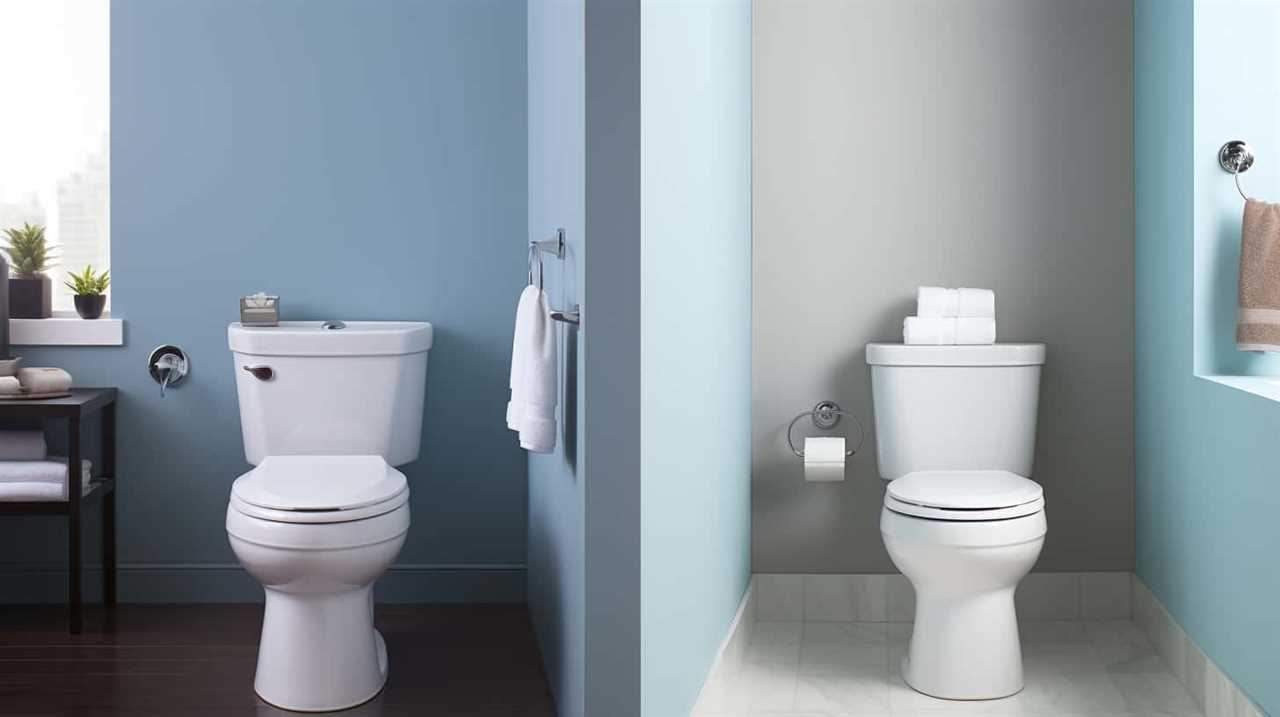
Do Automatic Flushing Urinals Require Any Special Maintenance or Upkeep?
Automatic flushing urinals require specialized maintenance to ensure proper functioning. This includes regular cleaning, checking for any clogs or leaks, and replacing parts as needed. While there is a cost associated with this upkeep, the efficiency and hygiene benefits make it cost-effective in the long run.
Conclusion
In conclusion, automatic flushing in urinals is a highly efficient and hygienic solution. With sensors that detect user presence and motion, these systems ensure a prompt and thorough flush.
Interestingly, studies have shown that automatic flushing reduces water usage by up to 80% compared to manual flushing, resulting in significant water conservation. This technology not only improves sanitation but also contributes to environmental sustainability.
